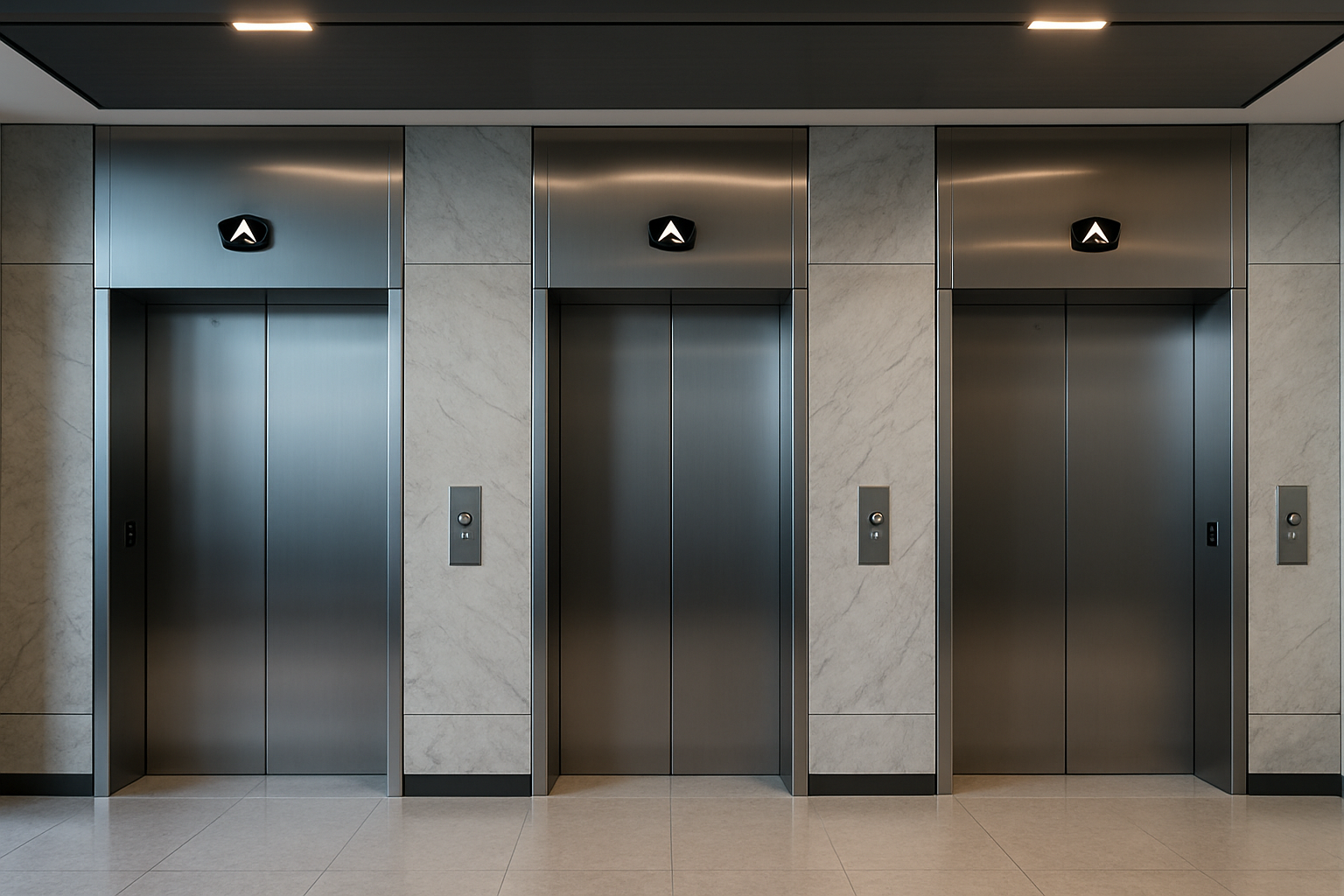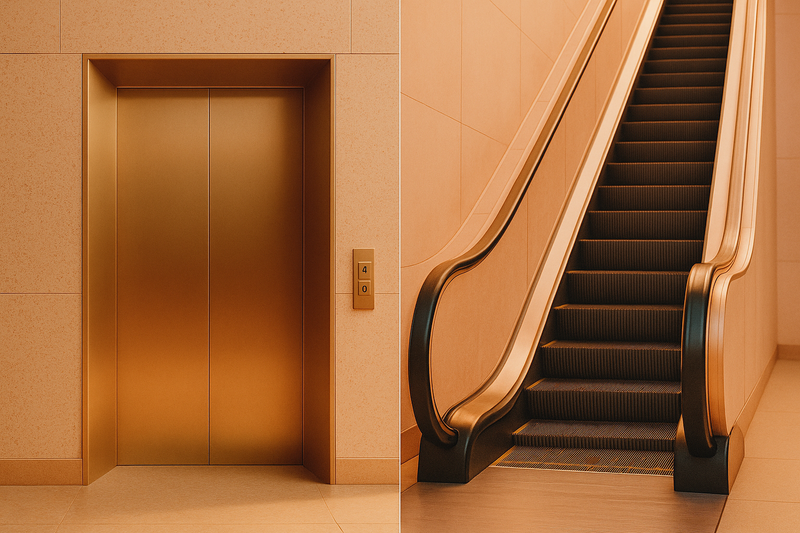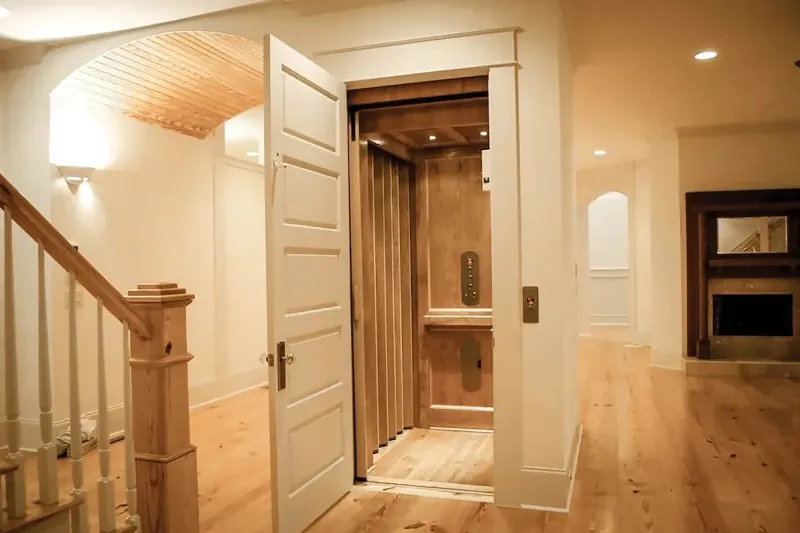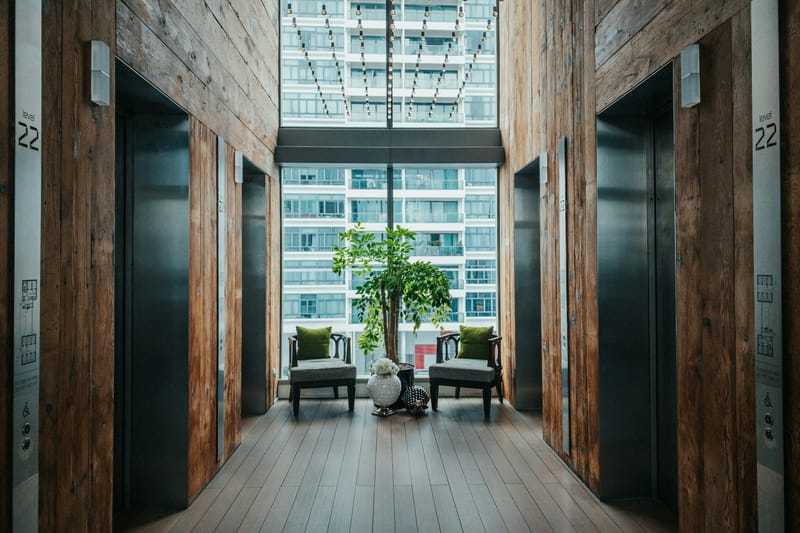How to Choose the Right Elevator For Your Project
Discover the key types of elevators, essential maintenance practices, and expert tips from SEMAG Elevators — Saudi Arabia’s trusted partner in vertical transportation solutions for homes, businesses, and high-rises.
Elevators and escalators are more than mechanical necessities — they’re fundamental to how we move, live, and do business. Whether it’s a sleek home lift, a high-capacity cargo elevator, or a seamless escalator in a shopping mall, vertical transportation systems are everywhere.
But what goes into keeping these systems running safely and efficiently? And how do you choose the right partner to install or maintain them?
Let’s take a closer look.
Where Elevators & Escalators Matter Most
1. Home Lifts
From luxury villas to accessible housing, elevator lifts in homes enhance comfort, accessibility, and long-term value. Especially valuable for aging populations or individuals with mobility challenges.
The cost of a home lift can vary widely based on factors such as design, number of stops, installation conditions, and customization. On average, a basic home elevator in Saudi Arabia may start from SAR 60,000 to SAR 90,000, including elevator installation. More advanced models with luxury finishes, higher weight capacity, or smart features can range up to SAR 150,000 or more.
2. Elevators in Commercial Spaces
For malls, hospitals, or hotels, vertical mobility shapes the flow of visitors. Escalators and elevators must be fast, efficient, and easy to use — often paired with access control systems for added security.
A commercial elevator is a vertical transport system designed for non-residential buildings such as offices, shopping malls, hotels, hospitals, and airports. Unlike residential elevators, commercial models are built to handle higher passenger volumes, operate for longer hours, and comply with stricter safety and accessibility standards.
3. Elevators in Industrial Settings
Heavy loads, tough conditions, and high frequency — cargo elevators are essential tools in logistics and manufacturing environments.
Industrial elevators are heavy-duty lift systems designed for environments like warehouses, factories, and logistics hubs. Common types include cargo elevators for goods transport, freight elevators for heavy loads, service elevators for staff and equipment, and material lifts for goods-only movement.
4. Elevators in Towers & High-Rises
Smart, fast, and secure. High-rise buildings depend on high-performance elevator systems to move people efficiently and safely across many floors.
Elevators in skyscrapers are extremely safe, thanks to advanced engineering, multiple safety systems, and strict international standards. They’re equipped with emergency brakes, backup power, speed regulators, and real-time monitoring systems to prevent accidents.
Thinking about installing an elevator? SEMAG Elevators makes it more affordable, accessible, and future-ready than you might expect—with solutions designed to fit your space and your needs.
What Elevators Need to Stay Reliable
An elevator is only as good as its maintenance plan.
Here’s what to watch for.
Lubrication
Lubrication is a foundational part of elevator maintenance. All moving parts — such as rollers, gears, and bearings — require regular lubrication to minimize friction and wear. Without it, components degrade faster, leading to increased noise, inefficient movement, and even system failure. Proper lubrication not only extends the life of mechanical parts but also enhances ride comfort and energy efficiency.
Cleaning
Elevators and escalators operate in environments that accumulate dust, grease, and debris over time — especially in high-traffic or industrial areas. Routine cleaning of the shaft, machine room, pit, and cabin ensures that contaminants don’t interfere with sensors, wiring, or moving parts. Clean systems also improve hygiene for users and reduce fire hazards associated with dust buildup in electrical areas.
Spare Parts Replacement
Every elevator system consists of parts with different life spans — from cables and controllers to door mechanisms and display panels. Proactive replacement of these spare parts is critical to avoid sudden breakdowns. A good maintenance provider keeps essential components in stock and monitors wear levels to replace parts before they fail. This minimizes downtime, boosts safety, and keeps your system running at optimal performance.
Safety Inspections
Scheduled safety inspections ensure compliance with local and international regulations. During an inspection, technicians assess brakes, control systems, emergency backups, alarms, and more. These checks help identify issues early — before they become hazards. Inspections also verify that the elevator meets performance benchmarks, giving peace of mind to both building owners and users.
Regular Elevator Maintenance
Routine maintenance doesn’t just protect passengers — it extends your system’s lifespan and prevents costly repairs.
24/7 Emergency Service
Breakdowns can’t wait. Reliable elevator companies offer around-the-clock support to minimize disruption, especially in hospitals or busy commercial centers.
Spare Parts & Modernization
Upgrading your system with energy-efficient components, access control, and modern interfaces ensures compliance, performance, and a better user experience.
Elevator Types & Their Ideal Applications
Choosing the right elevator for your building isn’t just about functionality — it’s about understanding your space, usage patterns, and safety requirements. Whether you’re selecting a home lift, a commercial-grade elevator lift, or a heavy-duty cargo elevator, matching the right system to your environment is critical.
Below is a breakdown of the most commonly used elevator types and where they work best.
Passenger Elevator
Passenger elevators — often referred to as elevator lifts in residential settings — are the most common type of vertical transportation and are used in homes, offices, and malls. They are designed to move people efficiently between floors and are available in various sizes, speeds, and finishes. Ideal for daily use, they’re a staple of both low-rise and high-traffic commercial buildings.
Cargo/Freight Lift
Cargo elevators, also known as freight lifts, are engineered for moving goods, equipment, and heavy loads rather than passengers. Common in warehouses and factories, these elevators feature rugged interiors, reinforced flooring, and high load capacities. They are essential for industrial operations where reliability and safety are paramount.
Panoramic Elevator
Panoramic elevators, often used in hotels, malls, and luxury buildings, feature transparent glass walls that offer scenic views. While they serve a functional purpose, they are also designed for visual impact, elevating the user experience. These elevators are a popular choice for properties that prioritize design, ambiance, and user engagement.
Dumbwaiter
Dumbwaiters are compact elevators used to transport small loads such as food, documents, or medical supplies. Common in restaurants, clinics, and libraries, they offer quick, labor-saving transport between floors. Though not meant for passengers, dumbwaiters are an efficient addition to service-oriented environments.
Need Help Choosing the Right Elevator Type?
Leading elevator companies in Saudi Arabia, like SEMAG, provide expert consulting, supply, and installation services for home lifts, cargo elevators, and commercial systems equipped with access control systems — ensuring safety, efficiency, and long-term value.
Why Choose SEMAG Elevators?
When it comes to Saudi Arabia elevator companies, SEMAG stands apart — offering full-spectrum services backed by 40+ years of experience.
SEMAG Provides:
- Escalator and elevator installation across all sectors
- Maintenance packages with cleaning, lubrication, spare parts, and 24/7 support
- Modernization services to keep your systems current
- Customized solutions for residential, commercial, industrial, and high-rise buildings
- Compliance with international safety and quality standards
Start Your Project with SEMAG. From blueprints to final inspection — trust SEMAG for elevators that perform.
Final Words
Elevators and escalators power our daily lives — in homes, hospitals, factories, and everything in between. To keep them safe, efficient, and future-ready, you need the right equipment and the right partner.
Choose SEMAG Elevators — where safety, reliability, and innovation move together.






